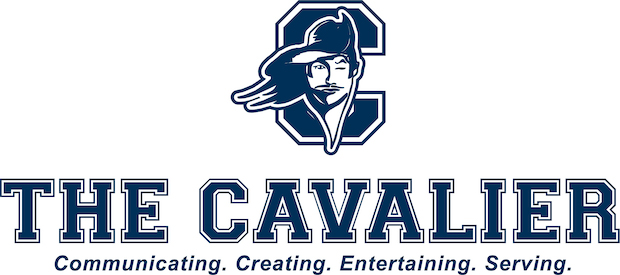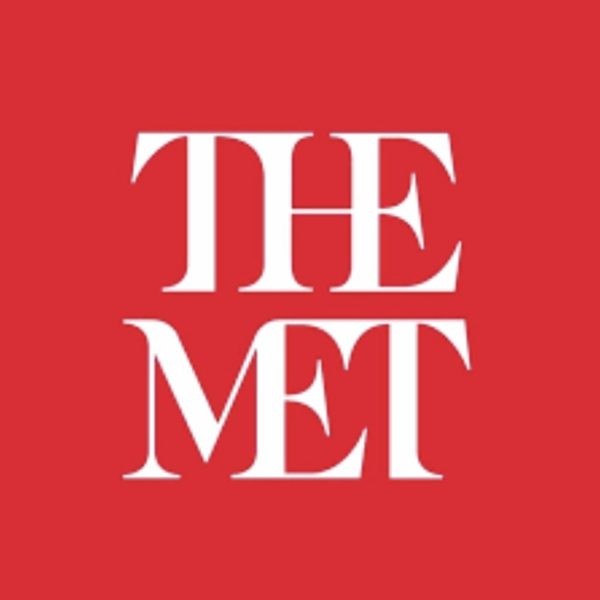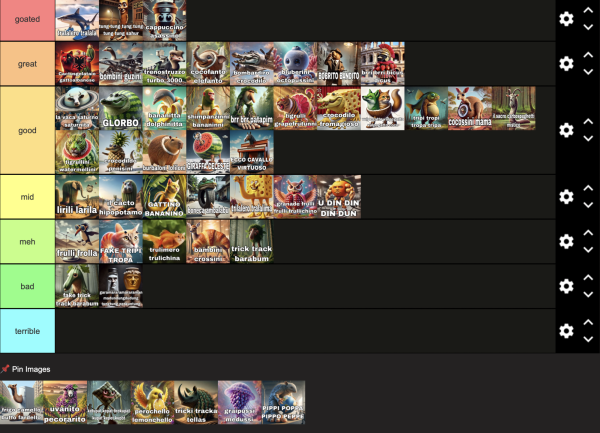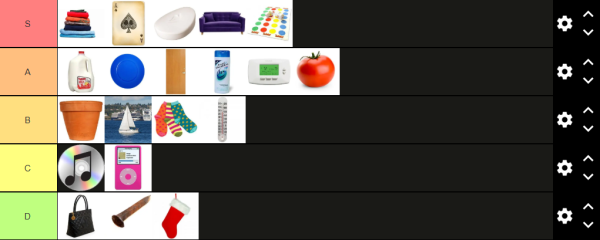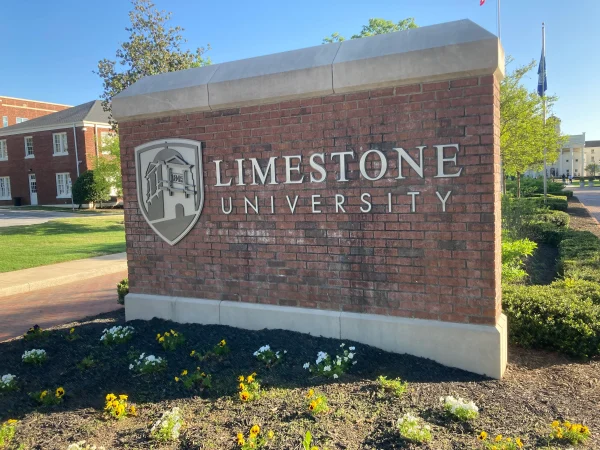Straight Talk
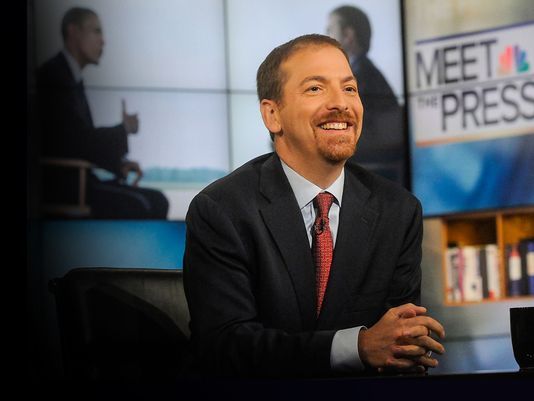
On August 31, Furman University hosted “Straight Talk”, a live discussion of politics in America. This conversation was headlined by Chuck Todd, MSNBC commentator and host of Meet the Press. More local guests included Bob Inglis, former Congressman who also served on US House of Representatives for the 4th district of South Carolina, and Katrice Hardy, executive editor of The Greenville News. The purpose of this discussion was to examine alternative facts, fake news, and the sources we receive information from. We are living in an age of 140 character news coverage, daily sensationalisms, and ‘falsehoods’, so it is important to be sensible when evaluating which platforms of media we should trust.
In an academic environment, we are expected to research, check, recheck, and cite all of our sources. Integrity plays a key role in how students view their school work, especially with the Honor Code and Honor Council that is active at CCES. While these habits are in place already, social media is a platform that does not come with the requirement of signing an honor pledge before posting information.
“Anyone can be a journalist on social media,” Katrice Hardy explained at “Straight Talk”. While many young people are interested in national news or are exposed to serious political issues, it is important to examine the sources of information. Think of Wikipedia, a source that many teachers don’t accept for research. Gossip magazines are similar with their eye-catching headlines that are fraught with exaggerations. When information is curated by individuals and is not monitored, the lines between true and false can be blurred. Should we trust these types of sources? Should social media be regarded in the same way? Where is the line between examining sources and calling ‘fake news’?
One of the ways that we, as students, can change the way that we view social media news, is to understand polarized opinions. Chuck Todd explained media bias as something that is not always ideological. In many respects, cultural biases can affect which types of stories are covered from news sources. For instance, media outlets are often more likely to cover terrorism attacks in a European country such as France, rather than a similar event in a middle eastern country. This can be due to target audience, as well as author interest and perspective. This makes it important for us to realize that while some stories are not being told, it may not be due to an ulterior motive of the source, but rather the intent on gaining readership or accessibility of information for the author.
Another way that we can be more critical thinkers in regards to news sources, is to understand the idea of framing. When sources frame a certain quote or fact, it is usually in the purpose to prove a point or make an argument stronger. While this is effective in debate and argument writing when framed in the correct context, sometimes the use of framing can be paired with an ulterior motive to make more radical claims seem true. Bob Inglis said, in regards to the claim by President Trump that Obama wiretapped Trump Tower, that many contribute to the “weaponization of information by placing it out of context.” Understanding that certain facts can be placed out of context from sources should make us more willing to check these facts and to be aware of the way “framing” can change the way information is presented.
Katrice Hardy explained that ideas are often “more complex than left and right” and that some ideas can be partially true. When we encounter new ideas and information, it is important to not immediately discredit them or ignore other perspectives. Claims that can be proven, are not dismissive or ignorant to other people, and come from an informed source, are ideas that should be considered at least in the sense of point of view. While there are times when opinions come from a place of prejudice, understanding ideas that are open-minded and not hateful is important to building relationships between differing ideas.
Inglis believes that young people are often “more discerning consumers of information than parents and grandparents,” because of the convenient access to mass amounts of information. The key to using information technology and social media wisely, is to evaluate the accuracy of what we read and to think critically before deciding what we think is true.
